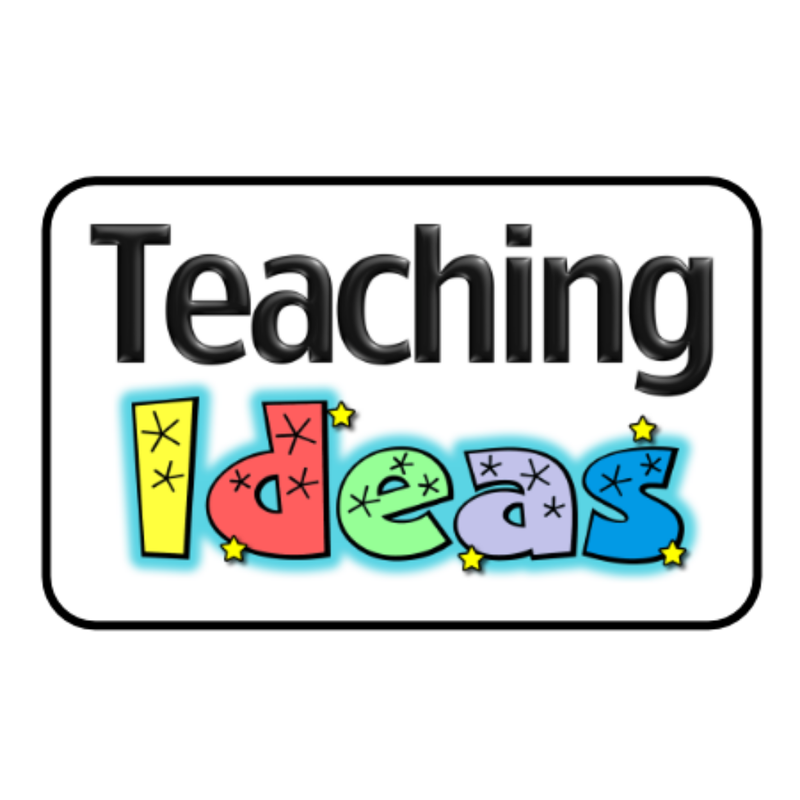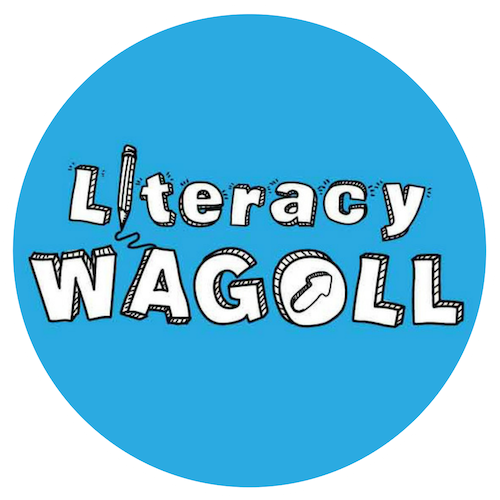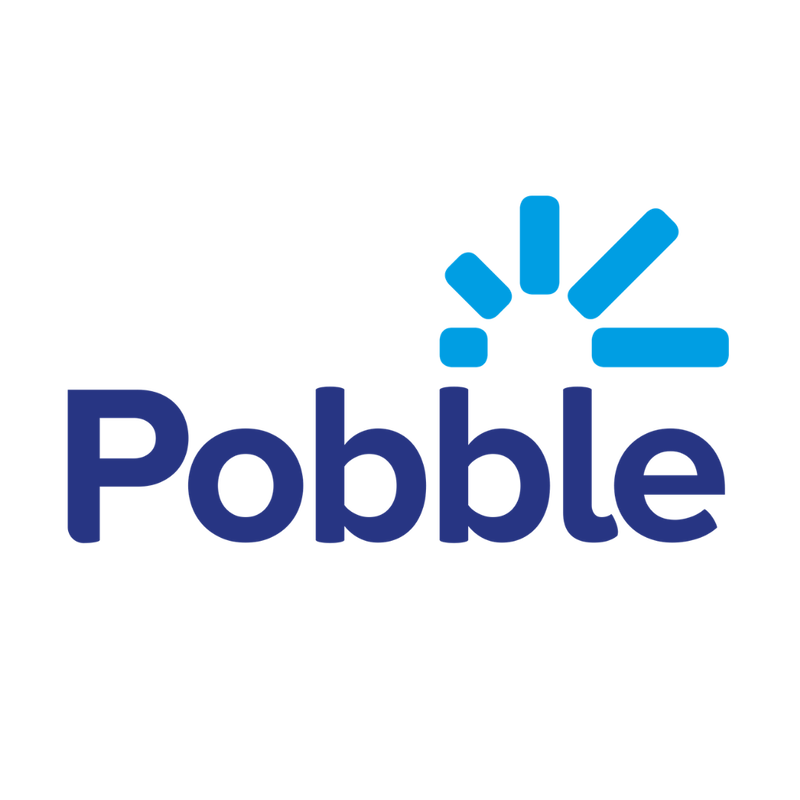|
Incase you missed it, we shared 25 top teaching tips for advent via our Social Media accounts. For your ease we have listed all of them below in one festive blog for you to refer back to any time you like. You are more than welcome! As always, please do get in touch with any pictures, videos or comments on how you used these tips in your classroom. We love hearing from you! We hope you had a very Merry Christmas and a Happy New Year!
0 Comments
Do you find yourself struggling to think of short activities for those loose times in the day? How can this time be more productive and can we use it to harness children's enthusiasm and direct it towards their learning?
Here are some tried and tested 'loose time' activities used over the years. Here are just a few of my favourites ready for you to try. Do you often find yourself stuck when planning a lesson? Do your lessons run over or lose direction? Teachers often have these struggles when planning lessons. Lesson cogs is a simple way of looking at lesson planning. by understanding the cogs that make up a successful lesson, you can easily use them to sequence activities and tasks to make great learning happen. Each cog links to a type of child or teacher-led activity that plays a part in learning. But what are the cogs and what do they look like in a lesson? Below, we break down each cog for you - enjoy!
I’m a huge advocate of technology; however, it would be mad to forget the one thing - well two actually- that consistently engages my pupils every day.... puppets!
Keeping children's attention can be very challenging in a classroom environment. Not all children are wired the same and not all our curriculum objectives are very engaging. 90% of the information available to us was created in the past 2 years which is a mind-blowing fact! As Ben Parr states, the modern world is full of information and so for us teachers, our challenge is to make our information and learning, that we are presenting to our students, more important and more engaging than anything else. An impossible task you may think.
Ben states that in order to gain attention, there are 3 stages: Immediate, short and long. this links to our classroom environment and is fairly straight forward. Immediate attention refers to small individual tasks that may be set within one lesson. Short term attention refers to children being engaged within a single lesson and long term links to a child being engaged across an entire unit of learning. In the classroom, we can use these as a focus and ambition for our own lessons. We can use these stages to grab children's attention and foster a love of learning which will engage them not only in the short term but for life. Do you have a reluctant writer in your class? Reluctant writers can be a challenge in class. There are many reasons why students may be reluctant writers and identifying the cause for their reluctance is the first step in helping them reengage with Literacy. What types of reluctant writers are there and how can we support them?
Kids develop motor skills at different rates. But when young kids struggle with fine motor skills, they can have trouble with key tasks like grasping utensils (like pencils), moving objects with their fingertips, and using tools like scissors. They may also have difficulty learning to tie shoes. If your child’s fine motor skills need a little extra help, try these fun activities.
When your planning isn't going smoothly and you have been staring at a screen for hours, sometimes it is good take a step back. by asking yourself 3 simple questions, it can help you refocus on what matters in your lessons. Here are our three planning questions.
|
SearchWAGOLL TeachingWith a keen interest in the neuroscience and psychology of learning, WAGOLL Teaching is about sharing research alongside great, simple teaching ideas to a global teaching community.
Ben has been in education for over 10 years and is passionate about simplifying high quality teaching and learning through innovative and practical approaches in the classroom. sUBSCRIBECategories
All
|
|
Who are we? |
With a keen interest in the neuroscience and psychology of learning, WAGOLL Teaching is about sharing research alongside great, simple teaching ideas to a global teaching community.
|
All copyright reserved ©.
I would like to remind all visitors to this website that all pages on this site are copyright protected, unless stated. Most importantly, this site is for the use and enjoyment of all children, parents, guardians, carers and teachers who are involved in WAGOLL Teaching. Please use the resources/ideas as you need without replicating them for your own gains.
I would like to remind all visitors to this website that all pages on this site are copyright protected, unless stated. Most importantly, this site is for the use and enjoyment of all children, parents, guardians, carers and teachers who are involved in WAGOLL Teaching. Please use the resources/ideas as you need without replicating them for your own gains.



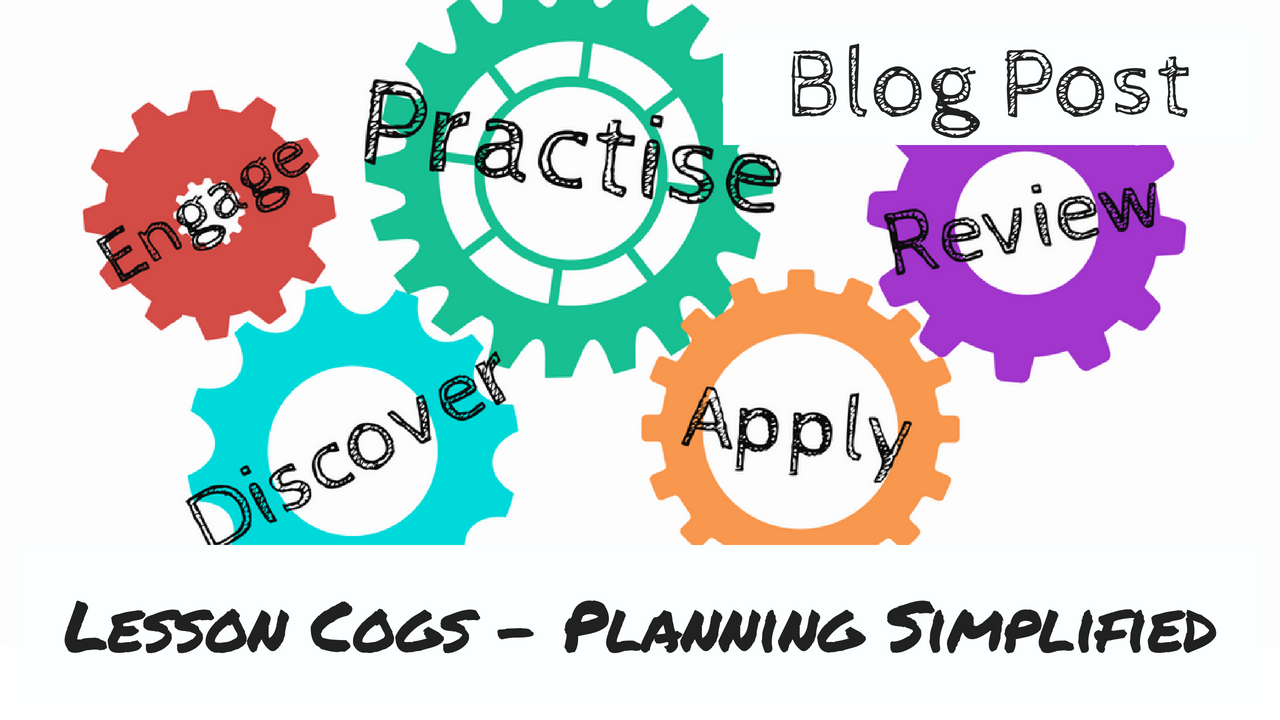









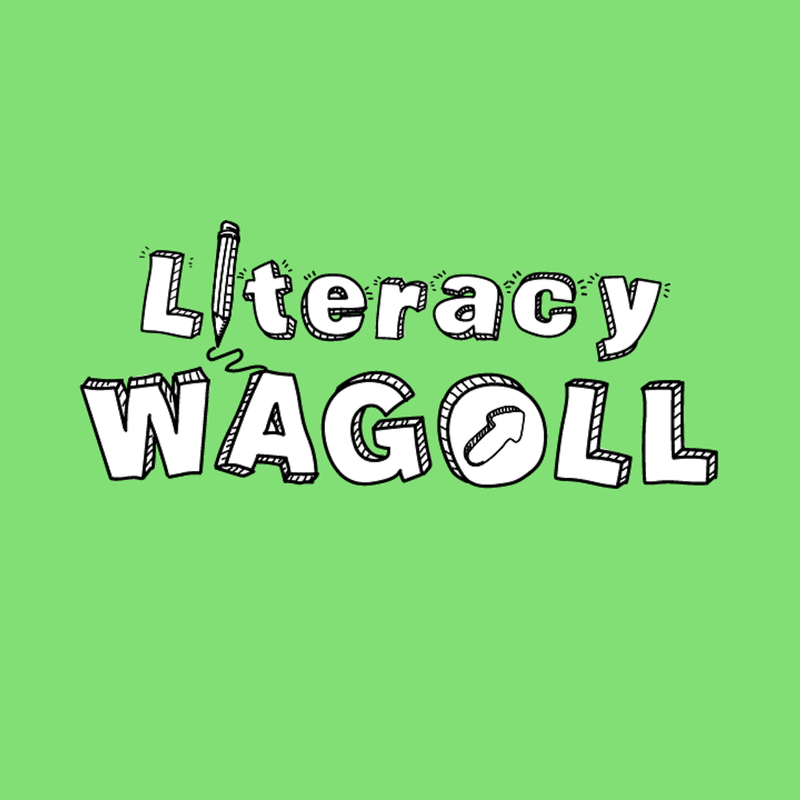
 RSS Feed
RSS Feed

